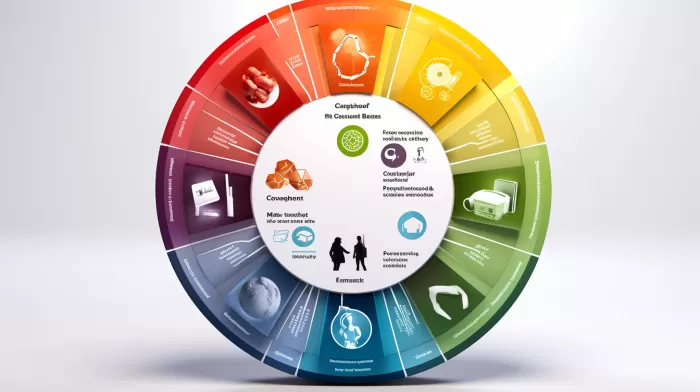Achieving your health and wellness goals may seem daunting at times, but by using two simple strategies from the business world, you can create a personal plan that works for you. These tools, known as SWOT analysis and SMART goals, can help you uncover your strengths and weaknesses and set achievable targets on your journey to better health. Let me show you how they interrelate and how you can leverage them to accomplish your goals, such as losing weight, decreasing pain, increasing fitness levels, or eating better.
SWOT Analysis for Health and Wellness
A SWOT analysis involves identifying your strengths, weaknesses, opportunities, and threats related to your health and wellness. To perform a SWOT analysis, create a four-quadrant matrix and list information regarding your current and potential health strengths, weaknesses, opportunities, and threats in each quadrant. Next, cross-reference this data to see how these factors interrelate.
Here’s a simple way to do that:
- Make a list of your strength-opportunities
- Make a list of your strength-threats
- Make a list of your weakness-opportunities
- Make a list of your weakness-threats
Adjust Your Health and Wellness Plan
Now that you’ve completed your SWOT analysis, it’s time to tighten up or recreate your health and wellness plan based on your findings. Consider the following tips:
- Develop a plan that highlights and bolsters your strengths.
- Identify ways to improve your weaknesses, turning some into strengths.
- Find strategies to apply your strengths in a way that reduces your threats.
- Seize the opportunities you’ve discovered through your analysis.
Creating a comprehensive plan that works from your strengths, explores opportunities, and minimizes weaknesses and threats is crucial for success.
Set SMART Goals for Your Health and Wellness Journey
To make progress, you’ll need to set clear goals. In the realm of health and wellness, list the areas you want to improve. This might include losing weight, increasing physical activity, eating better, or reducing stress. Writing these goals down in an easily understandable format will set you on the right path.
Once you’ve outlined your objectives, set SMART wellness goals. This acronym stands for Specific, Measurable, Attainable, Realistic, and Timely. By creating SMART goals, you’ll ensure your pursuit of better health is strategic and achievable. To learn more about setting SMART goals, check out this article.
Putting It All Together
By combining SWOT analysis and SMART goals, you’ll have a strategic approach to reaching your health and wellness targets. As you work through your journey, remember to regularly reassess your plan and adjust it as needed. This will help you stay motivated and maintain your momentum on the road to better health and wellness.
Wishing you the best of luck in achieving your health-related goals! Remember that it takes time, effort, and perseverance, but with the right strategic approach, you can create lasting, positive changes in your well-being.



